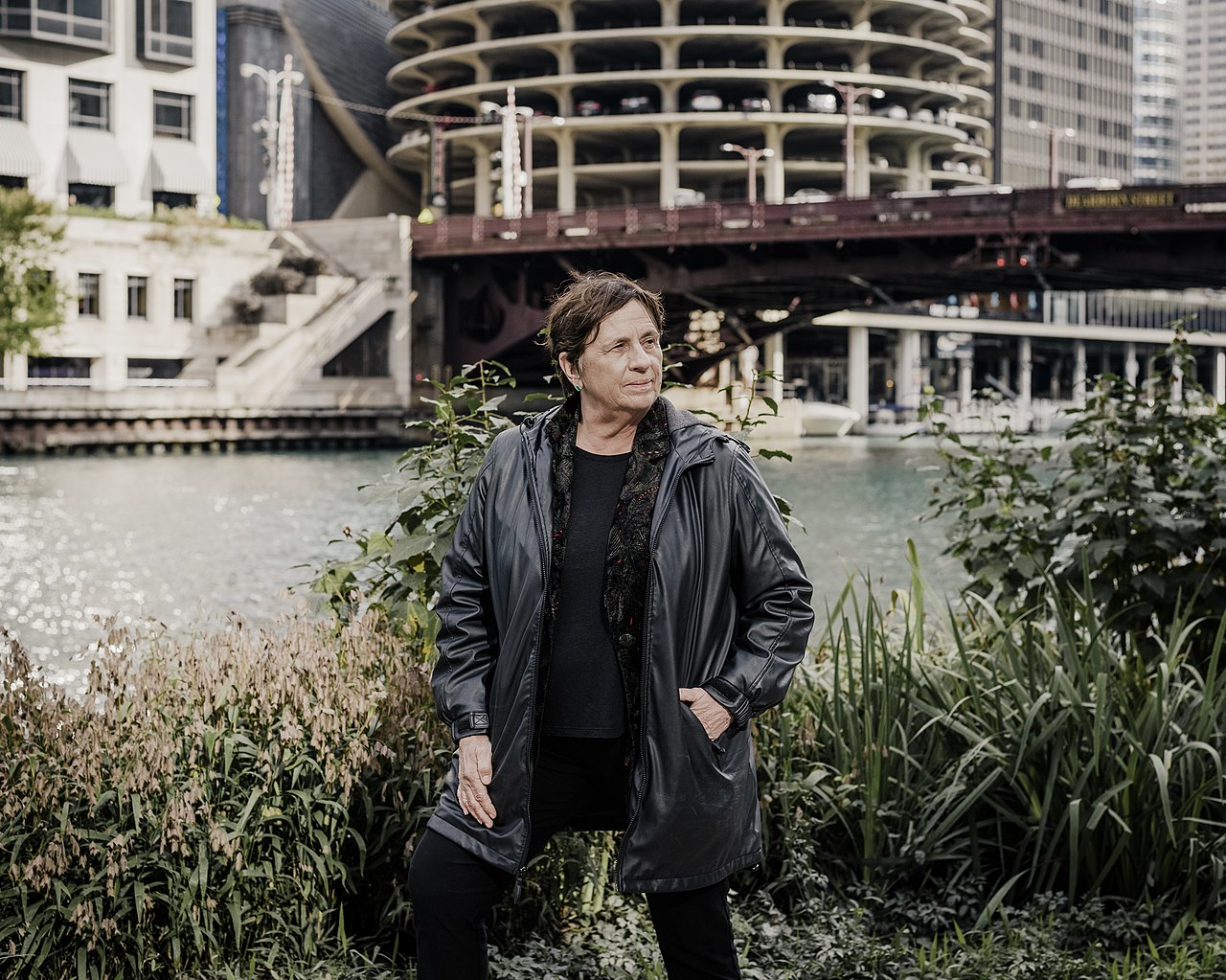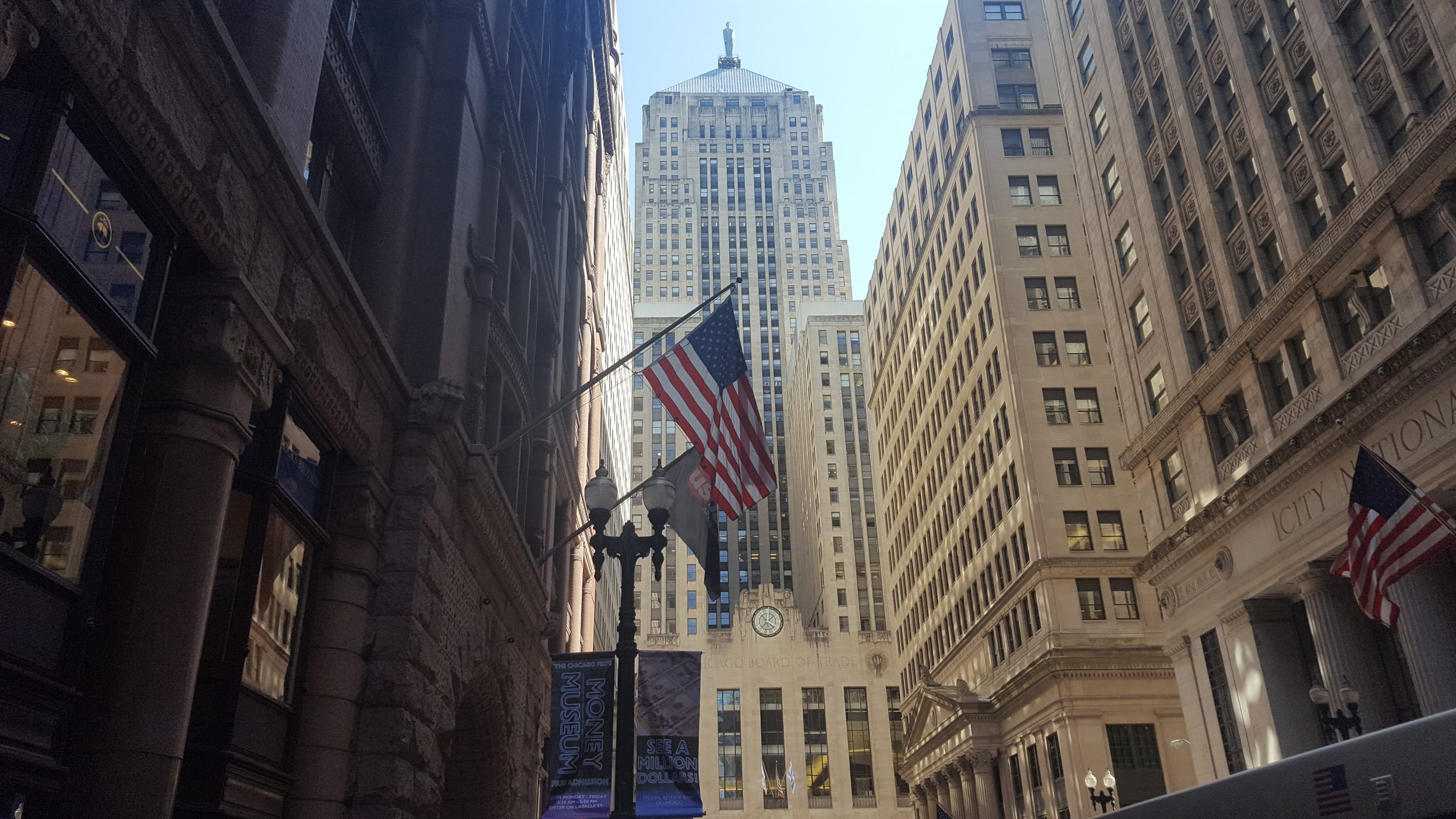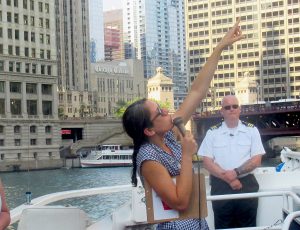The term ‘Chicago architecture’ usually evokes images of soaring skyscrapers, but the architecture of underground Chicago is fascinating and essential in its own right. Virtually unknown layers of tunnels, passages, sewers, pipes, and other infrastructure crisscross below the city.
We research stories from Chicago history, architecture and culture like this while developing our live virtual tours, in-person private tours, and custom content for corporate events. You can join us to experience Chicago’s stories in-person or online. We can also create custom tours and original content about this Chicago topic and countless others.
The Pedway System
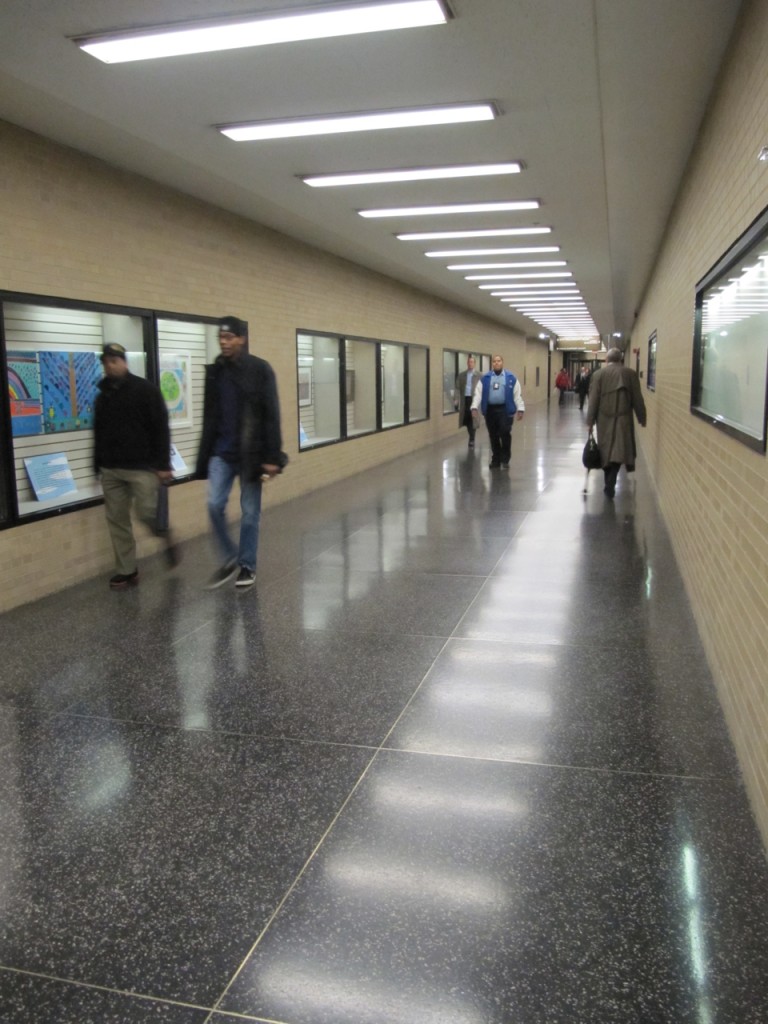
The most user-friendly layer of Chicago’s underground is the Pedway System. The term “Pedway” is a conjunction word formed from “pedestrian way.” A busy city like Chicago is always looking for ways to drop syllables for efficiency!
Functionally, the Pedway is a collection of hallways in basements which connect buildings, train stations, and underground parking structures in the Loop. Small parts of the Pedway consist of “skybridges” that link the upper floors of adjacent buildings and passages that stay on the street level by cutting through lobbies.
You can also use our handy Pedway map to explore this essential layer of underground Chicago. Our custom content creators can help create similar material for you, as well.
Underground Streets
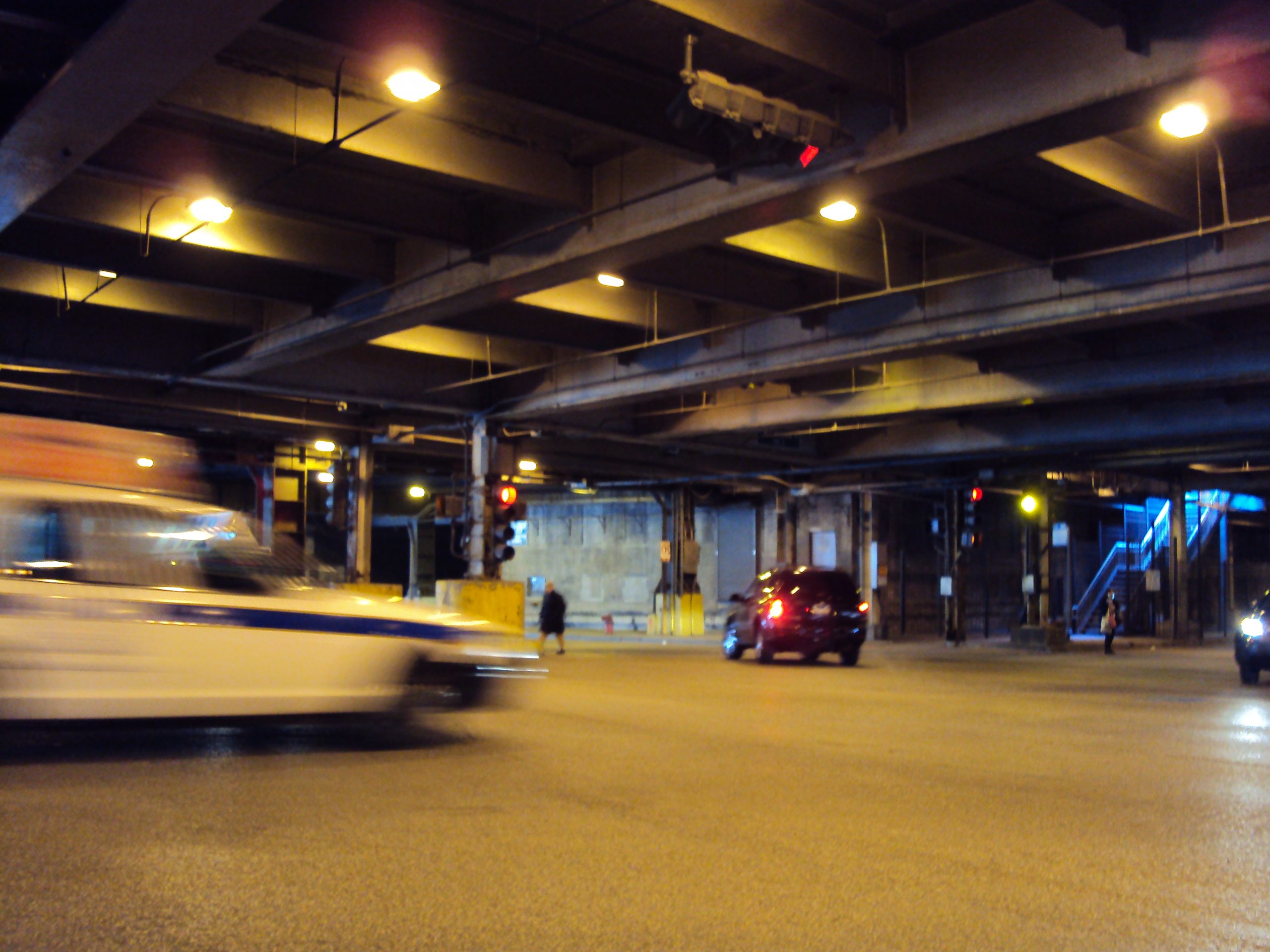
The most-viewed portion of underground Chicago underground is probably its underground streets, such as Lower Wacker or Lower Michigan. Movies like The Dark Knight and The Blues Brothers have immortalized these dark concrete spaces. But even locals often do not know exactly why this part of underground Chicago exists.
Our multi-layered city has lower levels of streets in some parts of the Loop and River North because it allows easy access for freight transport and trash disposal. That, in turn, make the street-level less crowded. Some sections, like East Randolph near Maggie Daley Park, are even triple-decked.
A great thing about the multiple layers is that it keeps the trash away from where most people work, live, and commute. That means it keeps the rats away from pedestrian level as well.
Sewers of Underground Chicago
Underground the streets of Chicago, below the Pedway and below the underground streets, you will find the sewers. While no human should actually want to explore these, it is where our population of 2-3 million rats live.
It’s gross to imagine that many rodents, but it’s a reasonable number for a city of our size (you don’t want to know how many are in New York). Most cities have as many rats as human residents, if not more.
‘L’ Lines and Abandoned Freight Train Tunnels
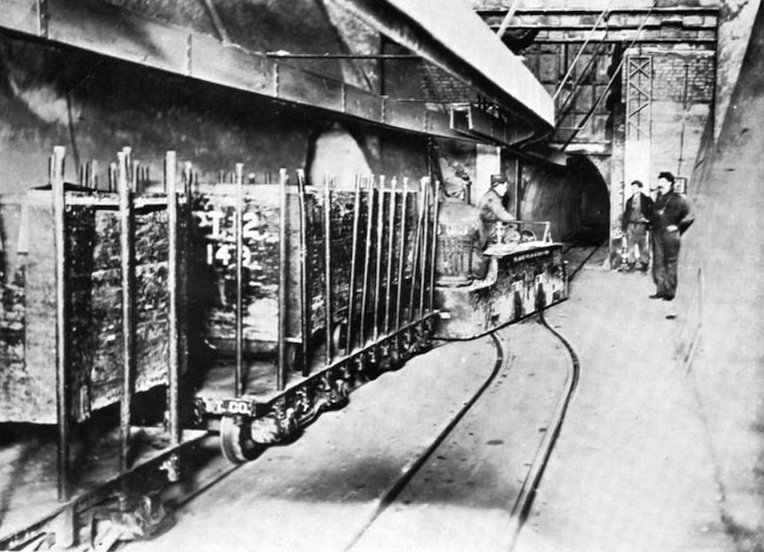
Along with the Pedway and the Blue and Red ‘L’ lines sits a set of abandoned freight train tunnels. Constructed in the early 20th-century, these tunnels transported coal and provided underground space for telephone wires. Newer and cheaper infrastructure passed them by in the 1950s and people began to forget they were even there.
It took a true Chicago fiasco to remind everyone they were there. A construction crew accidentally broke a hole in one of the tunnels in the early 90’s. That hole happened to be below the Chicago River, near the famous Kinzie Street Bridge. Water came pouring into the tunnel and caused massive flooding in basements throughout downtown. The deluge ultimately caused more than a billion dollars of damage! Afterwards, the city installed watertight bulkheads to seal off the underground freight and cable car tunnels tunnels.
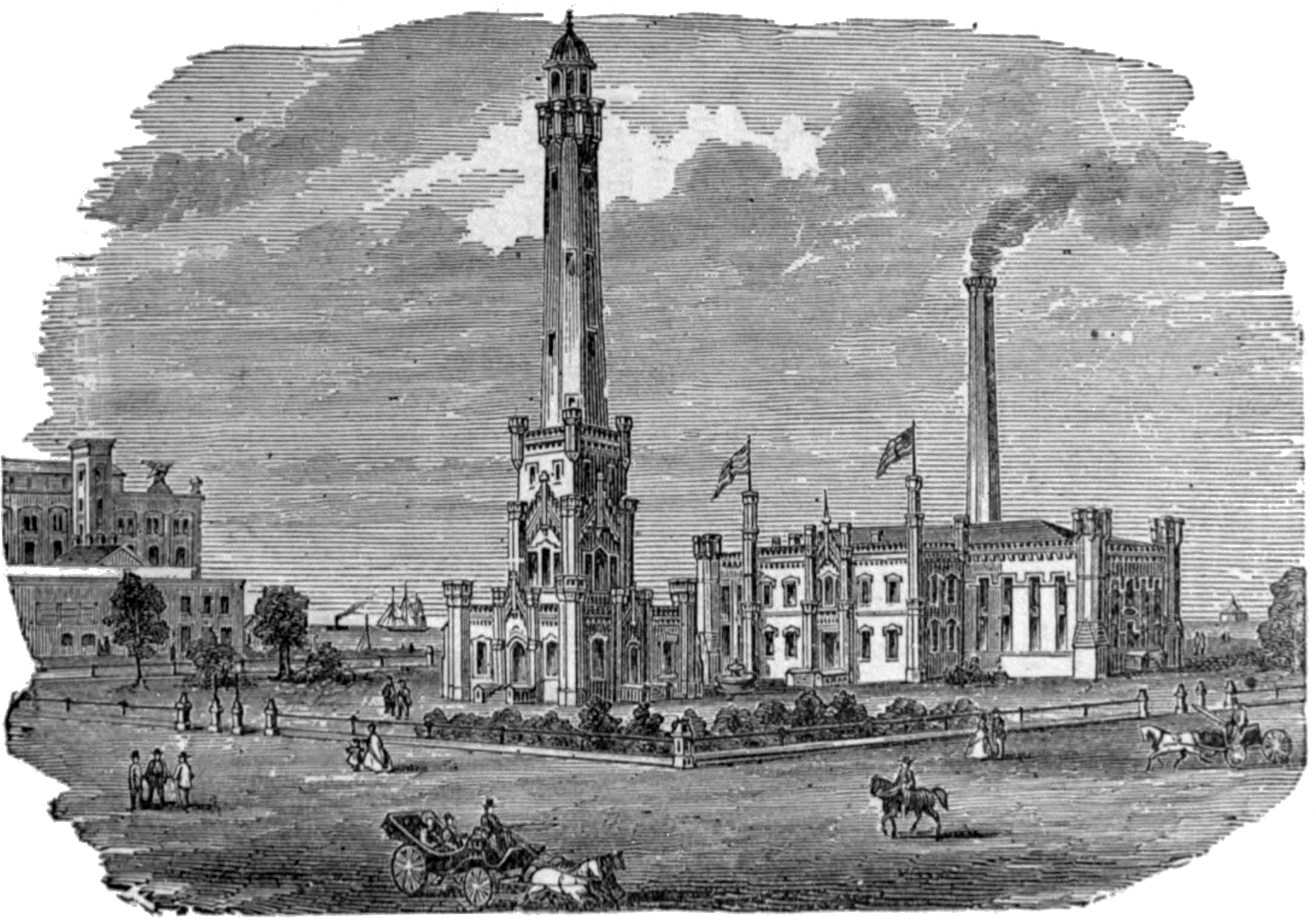
Water Tower Pumping Station
According to WBEZ, the Pumping Station at the Historic Water Tower drew water from Lake Michigan via a five-foot tall brick-lined tunnel that ran underground and out to a water intake crib. The tunnel is more than 10,000 feet long and is still in existence, but the city refuses to comment on its exact location or current usage. So mysterious!
To be perfectly honest, I was pretty stunned when I discovered that the Pumping Station is still in operation. I wandered in one day, felt blown away, and have loved taking private tour guests there ever since.
The Deep Tunnel System WAY Underground in Chicago
The least-known or understood feature of the Chicago underground would be the TARP system, better known as the Deep Tunnel. In the city that lives by the mantra of “make no little plans,” the city has undergone one of the largest and longest civil engineering projects in American history.
It has cost billions and taken decades to construct the Deep Tunnel. Now that it’s functioning, it’s supposed to keep storm water runoff from contaminating the lake and prevent catastrophic flood conditions. The tunnels are often underneath existing waterways, like the Chicago River. They work to funnel excess water to reservoirs and run-off canals on the city’s edges.
That said, Chicago does still see flooding when conditions are rainy enough, leading to criticisms. The arguments goes that the region may have been better served by creating a greener catchment basin, rather than just adding more to underground Chicago.
You never quite know what’s underneath your feet in Chicago. Or what’s above you, for that matter.
– Amanda Scotese and Alex Bean
ABOUT CHICAGO DETOURS
Chicago Detours is a boutique tour company passionate about connecting people to places and each other through the power of storytelling. We bring curious people to explore, learn and interact with Chicago’s history, architecture and culture through in-person private group tours, content production, and virtual tours.



